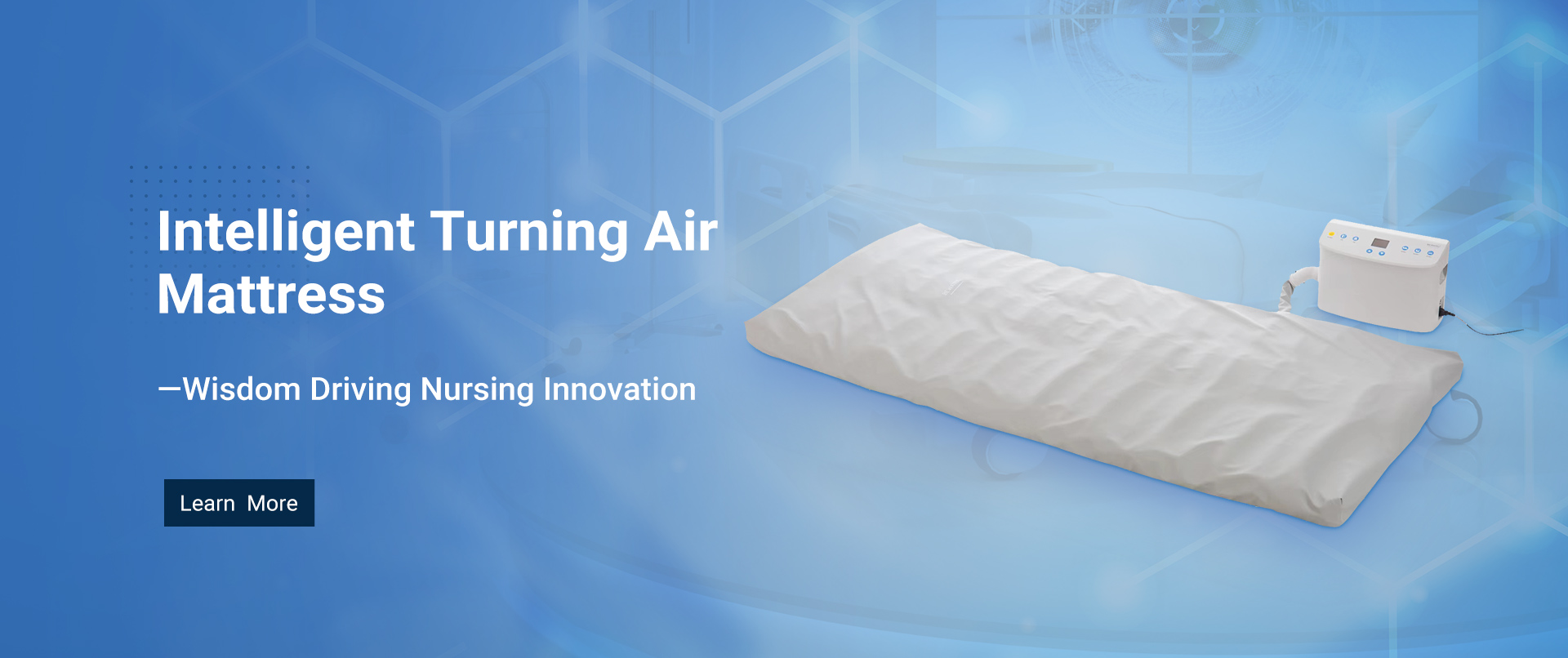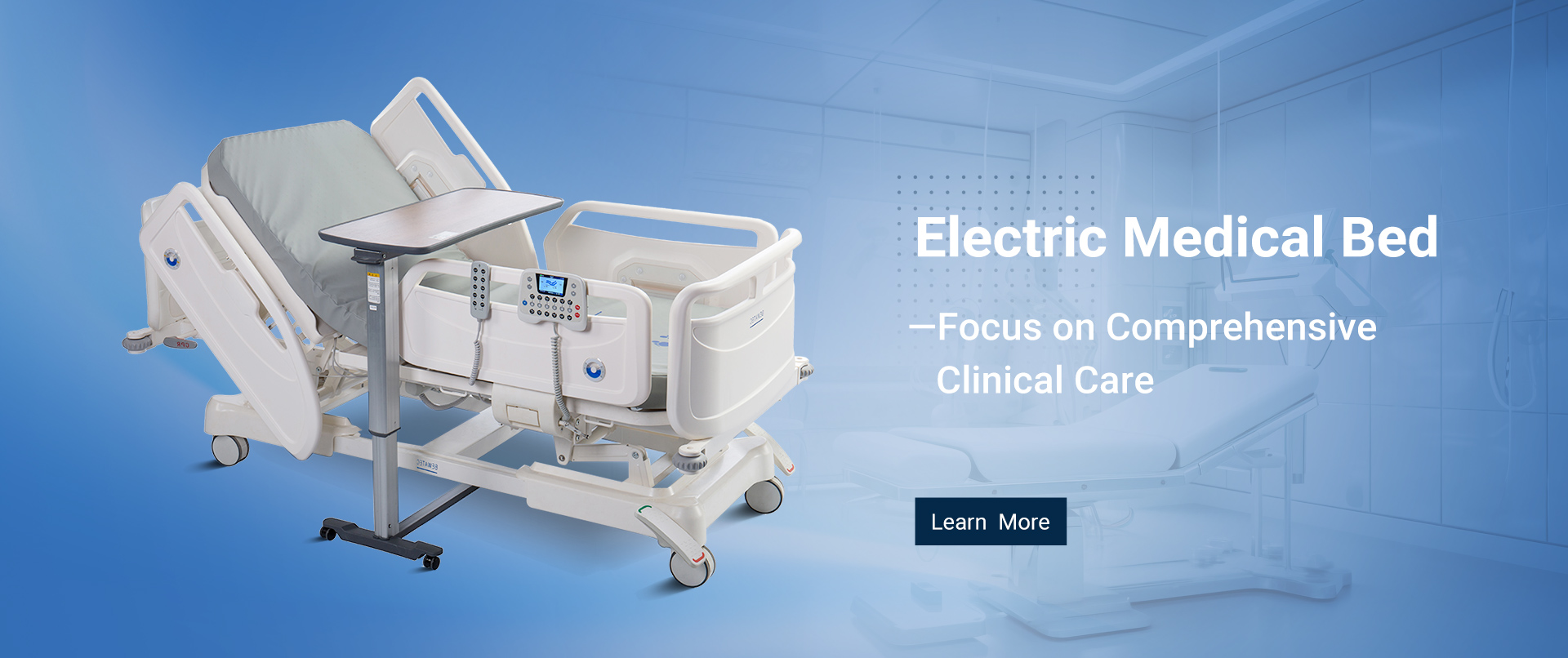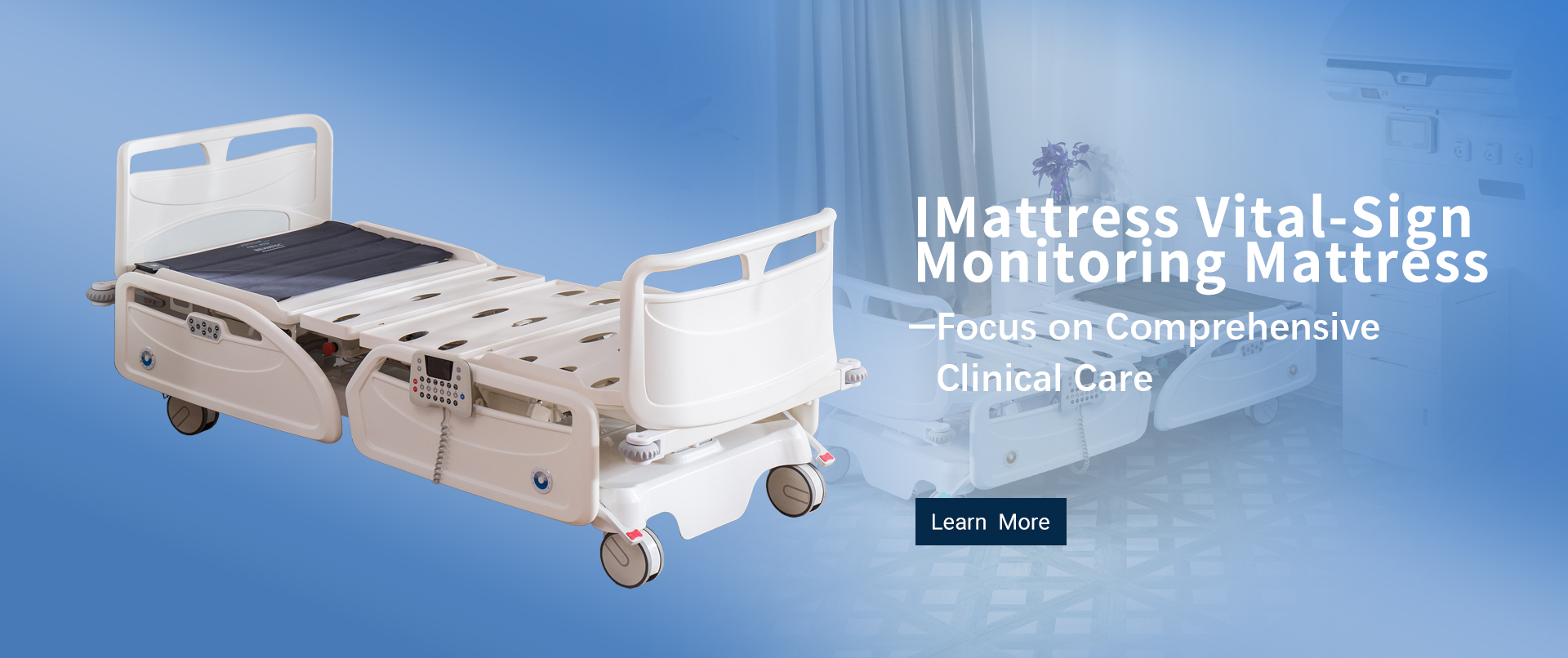
2025 Trends: The Ultimate Connected Health Monitoring Solutions for Wifi and 4/5G
Table of Contents
- Trends in Health Monitoring: Navigating the Future of Connectivity
- Comparing Wifi and 4/5G for Health Monitoring Solutions
- Key Features of Advanced Connected Health Devices
- The Role of Data Security in Health Monitoring Technologies
- User Experience: Which Connection Type Enhances Health Tracking?
- Market Leaders: Companies Pioneering Connected Health Solutions
- Elevate Your Home: Choosing the Perfect Stylish and Practical Dining Table for Every Space
- FAQS
- Related Posts
You know, healthcare is changing fast these days, and technology is really shaking things up in a good way—especially when it comes to patient care and monitoring. With the rise of WiFi and 4/5G health monitoring solutions, we’re looking at a whole new ballgame in how healthcare professionals deal with patient data and provide their services.

A recent industry report from MarketsandMarkets even predicts that the connected health market will hit a whopping $100 billion by 2025! That’s largely thanks to the growing need for smart remote monitoring systems that allow for real-time data sharing.
Over at Bewatec (Zhejiang) Medical Device Co., Ltd., we’re really excited to be leading the charge, focusing on smart medical care and pushing the digital transformation in global healthcare. Our goal is to provide safe, personalized care experiences that match perfectly with what’s trending for 2025. It just shows how crucial these cutting-edge wireless technologies are for making sure everyone gets the best health outcomes possible.
Trends in Health Monitoring: Navigating the Future of Connectivity
Looking ahead to 2025, it’s clear that health monitoring is about to change in a big way. This shift is really thanks to a mix of new tech and changing customer preferences. Just take a look at the wearable antenna market – it’s on the rise! Experts are saying it’ll jump from $4.42 billion in 2024 to $4.46 billion in 2025, and by 2033, it could soar to a whopping $8.9 billion. That’s an annual growth rate of 8.4%! It really shows how much people are craving connected health solutions that let them take charge of their health with real-time data at their fingertips.
So, what’s driving this trend in wearable devices? For starters, generative AI is coming up strong, promising to give us personalized health insights like never before. Plus, we’re seeing a boost in connectivity with Wi-Fi and the latest 4G and 5G tech. These upgrades aren’t just fancy features; they’ll make wearables more functional and user-friendly by allowing quicker data sharing and more consistent health monitoring. And as folks become more aware of their health needs and expectations change, it’s almost guaranteed that these cutting-edge technologies will change how we think about personal health and fitness in the years to come.
Comparing Wifi and 4/5G for Health Monitoring Solutions
You know, when it comes to health monitoring solutions, we’re seeing some pretty rapid changes these days. It’s becoming super important to decide between using WiFi or 4/5G tech.
 WiFi is like that old reliable friend—it’s what we find in most homes and hospitals, offering fast data transfer and a good reach. Plus, its low latency and compatibility with tons of devices make it pretty appealing, especially for things like wearables that keep tabs on our vital signs. But here’s the catch: WiFi depends on local infrastructure, so in rural or underserved areas, it can get a bit wonky, you know? You might deal with spotty connections that just don’t cut it.
WiFi is like that old reliable friend—it’s what we find in most homes and hospitals, offering fast data transfer and a good reach. Plus, its low latency and compatibility with tons of devices make it pretty appealing, especially for things like wearables that keep tabs on our vital signs. But here’s the catch: WiFi depends on local infrastructure, so in rural or underserved areas, it can get a bit wonky, you know? You might deal with spotty connections that just don’t cut it.
Now, let’s talk about 4/5G networks. They’re a game changer for health monitoring! These cellular networks cover a lot more ground and work well in different settings, which means they can keep data flowing smoothly, even when things get crowded. The speed and reliability of 5G are something else—they allow for high-def video calls and quick data sharing between patients and their docs. And that’s really important, especially in emergencies or for those of us who live in remote areas. It means crucial health info is always right at our fingertips.
As we head toward a more connected healthcare system, it’s essential to really understand what both WiFi and 4/5G bring to the table. That way, we can pick the best options for health monitoring that actually work for us.
Key Features of Advanced Connected Health Devices
Looking ahead to 2025, it’s pretty exciting to think about how connected health monitoring solutions are really going to shake things up when it comes to managing our health. These advanced health gadgets come packed with cool features, like real-time monitoring, smooth connectivity, and artificial intelligence that dishes out personalized insights. Take, for example, those multipurpose spectroscopic devices; they’re making lab-on-a-chip tech possible for speedy cardiovascular diagnostics. This is super important, especially with our aging population and the rising rates of heart disease we’re seeing.

Now, when you’re on the hunt for the right connected health device, keep in mind your unique health needs and how you live your day-to-day life. It’s wise to look for gadgets that provide a full suite of monitoring features—like sleep tracking and heart rate variability—so they truly support your health goals. And hey, don’t forget about security! You definitely want devices that have strong security measures in place to keep that sensitive health data safe.
Another big thing to think about is how user-friendly these devices are and if they’ll play nice with others. Try to find health devices that sync up effortlessly with your smartphone or other platforms. This way, you’ll have a hassle-free experience that really boosts your motivation to stay on top of your health. As digital health tech continues to grow, these features are going to be super important for improving patient care and helping people feel more in control of their own health journeys.
The Role of Data Security in Health Monitoring Technologies
You know, as health monitoring tech evolves, we really can’t underestimate how crucial data security has become. With the rise of Wi-Fi and 4/5G technologies, these health devices are gathering tons of sensitive information. I mean, think about it—everything from personal health metrics to real-time alerts is up for grabs, and that just opens the door for more chances of data breaches. So, making sure we keep patient data safe and sound isn’t just about following the rules; it’s absolutely key to building trust between patients and healthcare providers.
Here’s a tip: when you’re looking for health monitoring gadgets and apps, go for ones that emphasize end-to-end encryption. What this means is that your data gets encrypted right when it’s collected and stays protected until it lands in the hands of the healthcare provider. This really helps cut down on the risk of someone intercepting that valuable information.
And hey, healthcare organizations should make it a point to do regular security audits and vulnerability checks to keep their systems locked down. Cyber threats are constantly changing, so providers really need to be proactive about updating their security measures and training staff on how to protect data the right way.
Another tip? Foster a culture of security awareness at your workplace. Regular training sessions can help employees spot phishing attempts and other security threats—it's all about working together to keep patient data safe!
2025 Trends in Connected Health Monitoring Solutions
This chart illustrates the projected market growth for various connected health monitoring solutions by 2025. It highlights the increasing role of wearable devices, telehealth services, and mobile health applications as vital elements in the healthcare landscape, emphasizing the importance of data security in these technologies.
User Experience: Which Connection Type Enhances Health Tracking?
You know, the boom in connected health monitoring tools is really shaking up the way we take care of ourselves. But here’s the thing: the type of connection you choose—whether it’s WiFi or 4G/5G—really matters when it comes to making your experience smoother and keeping your data spot on.
A recent report from Grand View Research has laid it out pretty clearly: the global digital health market is projected to grow at an eye-popping rate of 27.7% from 2022 to 2030. This is a clear sign that folks are really looking for reliable ways to track their health. When you think about it, having the right connection can seriously change how seamlessly health data flows. With 5G, you get lower latency and higher bandwidth, which is a game changer for monitoring health in real-time.
And get this: research from the International Data Corporation (IDC) shows that gadgets that use 4G or 5G networks can send out data way faster than your typical WiFi. That old tech can get bogged down by interference and isn’t exactly known for its range. This speed is super important, especially in emergencies when having quick access to health data can actually save lives. People using 5G health devices tend to be happier with their experience, with studies pointing out they're about 40% more likely to stay on top of their health metrics compared to those stuck with WiFi only. As we look ahead to 2025, it’s clear that integrating these cutting-edge connection technologies is gonna take health tracking to the next level, encouraging a much more proactive approach to managing our personal health.
Market Leaders: Companies Pioneering Connected Health Solutions
You know, the world of connected health solutions is really changing fast these days. It's all thanks to the leaps we've made in tech, especially with Wi-Fi and 4G/5G connectivity. A bunch of top companies are leading the charge, rolling out some pretty cool products that are all about enhancing patient care. They’re doing this with real-time monitoring and smart data analytics. A recent report from the Global Health Monitor even predicts that the connected health market is set to explode, with an annual growth rate of 27.1%, potentially hitting over $500 billion by 2027! That just goes to show how much people want smart devices that make telehealth and remote patient monitoring a breeze—bringing everything together for a totally seamless health experience.
One company that's really making waves in this space is Bewatec (Zhejiang) Medical Device Co., Ltd. They’re putting a ton of focus on personalized digital care solutions. Their goal? To use advanced tech to help create healthcare journeys that are not only safe but also comfy for patients all around the globe. And you can totally see how their dedication fits right into the bigger trend towards smarter healthcare. For instance, did you know that telemedicine adoption skyrocketed by a whopping 154% in urban areas during the pandemic? Crazy, right? (Thanks, McKinsey & Company, for the stats!)
**Quick Tip:** If you’re on the lookout for connected health solutions, definitely make sure to prioritize ones that have strong data security measures to keep patient info safe. Plus, it’s super important to choose systems that blend well with existing healthcare setups—smooth transitions are key! And don’t overlook usability; making sure that healthcare solutions are user-friendly can really boost patient engagement and satisfaction.
Elevate Your Home: Choosing the Perfect Stylish and Practical Dining Table for Every Space
When it comes to elevating your home, the dining table is often the centerpiece of both style and functionality. A stylish and practical dining table serves as more than just a surface for meals; it transforms the dining area into a welcoming space for family and friends. Among the various options available, a movable table with adjustable height stands out as an innovative choice that can seamlessly fit into any room.
A movable dining table can adapt to your needs, whether you’re hosting a lively dinner party or enjoying a quiet meal. Its adjustable height feature allows you to create the perfect dining experience—raise it for formal dinners or lower it for casual gatherings. This versatility not only enhances comfort but also maximizes the utility of your space, making it ideal for homes with limited square footage. Additionally, the modern design of these tables can complement various décor styles, from minimalist to eclectic, ensuring that your dining area remains both functional and visually appealing.
Choosing the perfect dining table also means considering the overall vibe of your home. A stylish table enhances aesthetics while providing a practical solution for daily use. The combination of mobility and height adjustment adds a layer of convenience that traditional tables may lack. Whether you're rearranging furniture for an event or simply enjoying a cozy night in, the right dining table can elevate your home’s atmosphere and cater to your lifestyle needs.
FAQS
: WiFi offers high-speed data transfer and coverage but relies on local infrastructure, which can be a limitation in rural areas. In contrast, 4/5G provides expansive coverage and maintains reliable connectivity even in high-density environments, making it better for real-time health monitoring.
The choice between WiFi and 4/5G significantly impacts data accuracy and transmission seamlessness. 5G is preferred for lower latency and higher bandwidth, enhancing real-time health monitoring applications and overall user satisfaction.
4/5G networks facilitate immediate access to health data, which can be life-saving in emergencies. Their speed and reliability enable rapid data transmission, crucial for effective patient care during critical times.
Users with 5G-enabled health devices report higher satisfaction rates and are 40% more likely to consistently monitor their health metrics compared to those using WiFi-only devices.
The connected health market is expected to grow significantly, with a projected CAGR of 27.1% due to increasing demand for smart devices supporting telehealth and remote patient monitoring, driven by advancements in connectivity technologies.
When selecting connected health solutions, it's important to prioritize robust data security measures, ease of integration with existing healthcare infrastructures, and usability to enhance patient engagement and satisfaction.
Related Posts
-

Your Ultimate Guide to Best Wifi and 4/5g Connected Health Monitoring Solutions
-

Unlocking Comfort: Benefits of the Best Patient Bed for Enhanced Recovery
-

12 Best Manufacturers for Hospital Beds in China You Should Know
-

Ultimate Guide to Finding the Best Hospital Equipment Online for Global Buyers
-

Future Innovations in Best Hospital Equipment Bed for 2025 and Beyond
-

Future Innovations in IoT Sleep Health Solutions for 2025 and Beyond
Blog Tags:









